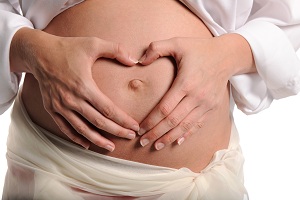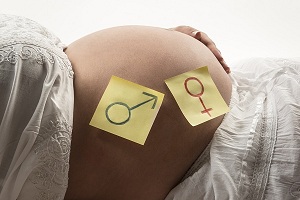Bliss and Ashleigh Coulter are an American couple living in North Texas. Five months ago they gave birth to the little Stetson, who spent the gestation in the womb before Bliss and then Ashleigh. This means that both women have carried on the same pregnancy, thanks to a type of in vitro fertilization called Reciprocal Effortless Ivf.
Reciprocal Effortless Ivf combines embryo transfer with Effortless Ivf, in which the woman acts as a natural incubator. The combination of the two procedures is less simple than it seems and has a low success rate. Nevertheless, the two women managed to complete the pregnancy.
Bliss, 37, has undergone hormonal stimulation. The doctors took the eggs and inserted them together with the sperm into a device called InvoCell. Then they inserted the capsule into the woman's vagina, at the level of the cervix. In the traditional IVF all this takes place in the laboratory, with higher costs. The warm and favorable environment of the body of Bliss has favored the development of the blastociti, remained inside of her for 5 days.
Later, the doctors froze the blastocysts and waited for the Ashleigh uterus to be ready to receive them. After a few days they made the plant, which was completely successful. The pregnancy went well and the baby was born on terms, perfectly healthy.
The case is unique, at least for the moment. Usually the woman who brings InvoCell is also the one who carries out the pregnancy: it is the first time that the practice is accompanied by embryo transfer.
Source: wired.it
Add a comment





